


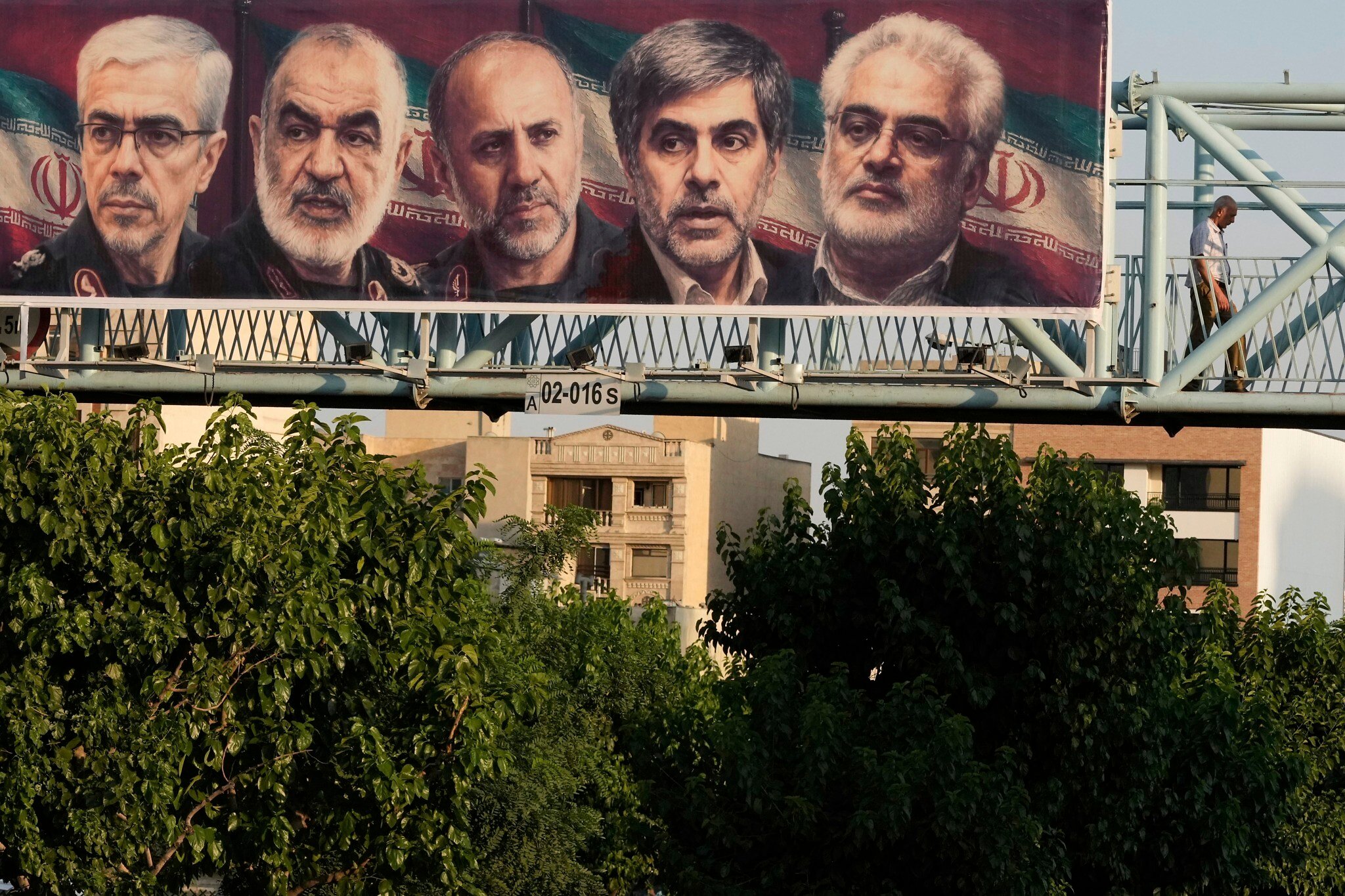
Hours before the sun rose on June 13, nearly 200 Israeli fighter jets roared into Iranian airspace, while Mossad operatives on the ground released attack drones from secret bases.
The surprise Israeli strikes hit key Iranian nuclear sites as well as ballistic missile stores, which represented twin threats that Israel saw as existential. But its highly coordinated, precise attack didn’t only focus on Iran’s hardware.
Israel also spent years tracking the key figures at the top of the Islamic Republic’s command structure and in the opening hours of the campaign, it assassinated many of them — some in their apartments, others reportedly lured to an underground command center.
Those killed on day one included the chief of staff of Iran’s armed forces, and the commanders of the Islamic Revolutionary Guards Corps, the military’s central headquarters, the IRGC Aerospace Force and the IRGC air defenses.
It was a brutal blow to Iran’s ability to conduct its nuclear, ballistic missile, and proxy efforts, but for the Islamic Republic, these leaders fulfilled a role beyond their military responsibilities. They also made up a veteran core of the Islamic Republic’s leadership, a tight cadre of dedicated believers aroun Supreme Leader Ayatollah Ali Khamenei who forged their ties in the Iran-Iraq War.
Israeli strikes in the subsequent days took out IRGC intelligence chiefs and other top military commanders. “These architects of terrorism are officially done terrorizing the world,” the IDF declared six days into the campaign, sharing a video naming 11 military officials it had taken out.
Though a US-brokered ceasefire may mean that the dust is settling on the 12-day conflict, Iran now faces critical decisions about not only the future of its nuclear and missile programs, but also about its leadership, with far-reaching implications for the regime and the wider region.
Before rising to the top of the Islamic Republic, the men Israel assassinated fought in its first war.
Most of the regime’s senior leader, including those killed by Israel, emerged from the 1980-88 Iran-Iraq War, which broke out after the 1979 Islamic Revolution and shaped Iran’s security doctrine.
“Almost everybody who is anybody in the Islamic Republic’s political or military apparatus today cut their teeth in the Iran-Iraq war,” said Behnam Ben Taleblu of the Foundation for Defense of Democracies.
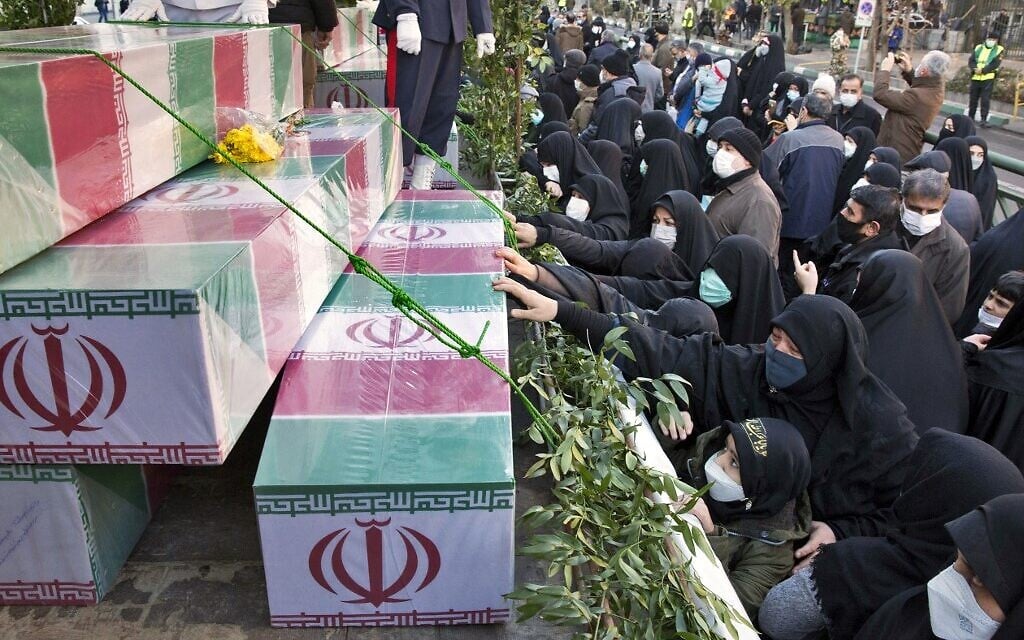
During the brutal eight-year conflict, Saddam Hussein’s Iraq invaded Iran to seize disputed territory and defeat the nascent Islamic Republic. The war devolved into trench warfare, missile strikes on civilians, and large-scale chemical weapon attacks, resulting in hundreds of thousands of deaths and immense economic devastation in Iran.
That experience instilled a doctrine of “over-obsessive deterrence” against foreign adversaries, said Ben Taleblu, which over time formed into the five pillars of “the Iranian threat” — ballistic missiles, drones, nuclear development, maritime aggression and transnational terrorism.
Iran overtly ties its military ambitions to the legacy of the Iran–Iraq War. At a military parade in Tehran in September 2023 marking the conflict’s anniversary, Iran unveiled what it claimed was “the longest-range drone in the world,” alongside banners threatening Israel. The display came just weeks before Iran-backed Hamas launched its unprecedented October 7, 2023, assault on Israel from Gaza.
Now, just as it has been, the direction and implementation of post-revolution Iran’s security doctrine will in all likelihood remain the domain of the IRGC.
When Ayatollah Ruhollah Khomeini took control of Iran in 1979, he needed protection. Not just physically, but protection of the Islamist ideology in whose name he led the revolution.
With up to 190,000 active troops and nearly 600,000 volunteer paramilitary forces, the IRGC “has long been the Praetorian Guard to protect the supreme leader and the theocratic system,” said Michael Rubin of the American Enterprise Institute.
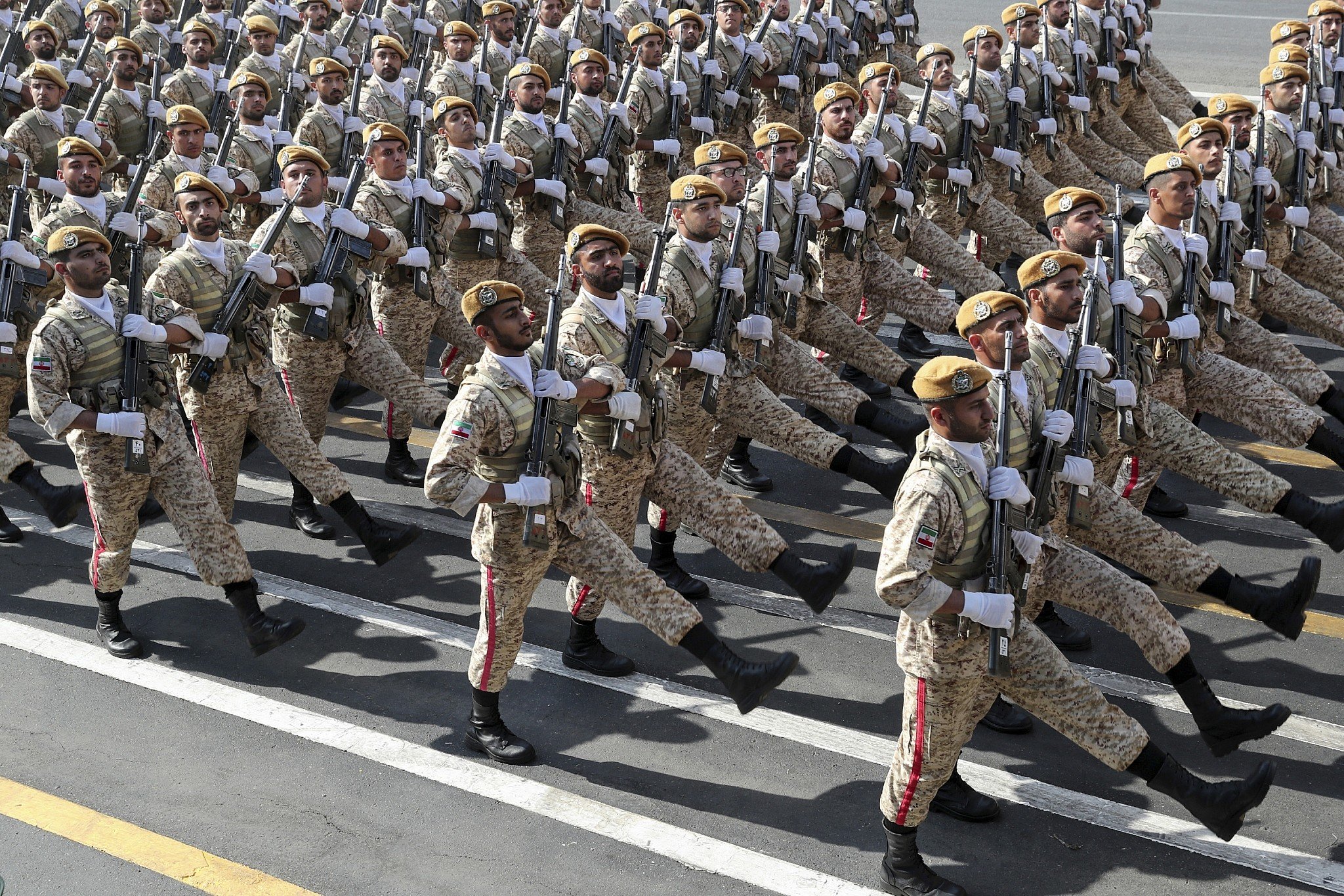
In 2019, the US designated the IRGC, which controls Iran’s missile program, nuclear ambitions and network of proxy forces, a Foreign Terrorist Organization, the first time the label was applied to an entire wing of another government.
While the regular Iranian army is tasked with territorial defense, “the IRGC is about defense of the ideology,” targeting enemies both foreign and domestic, according to Rubin, which is “why America and Europe’s well-meaning belief in Iranian reformers was always so naïve.”
Over time, the IRGC’s reach, particularly its influence over the civilian economy, grew vast enough to rival even Khamenei’s direct authority. While experts debate whether the IRGC exercises its extensive power through or against the regime system, its stranglehold on policy is nearly undisputed.
Under Khamenei, the IRGC evolved into a “state within a state,” said Ali Alfoneh of the Arab Gulf States Institute, acquiring massive influence over national security decisions in exchange for shielding the regime. Its economic empire—including privatized state assets and megaprojects—provided both power and insulation from civilian oversight.
For decades, the IRGC, guided by its revolutionary doctrine, steered Iran to a dominant position in the region. It nurtured an obsessive focus on the Islamic Republic’s sworn enemy, Israel. Iran built up dangerous terror proxies on Israel’s borders, Hamas in Gaza and Hezbollah in Lebanon, while enabling more distant regional allies, Shiite militias in Iraq and Houthis in Yemen, to fully secure its reach.
After Hamas’s October 2023 attack, during which Palestinian terrorists massacred some 1,200 people and abducted 251 in the deadliest day for the Jewish people since the Holocaust, Israel abandoned its decades-long strategy of containment and began targeting the axis led by the IRGC head-on.
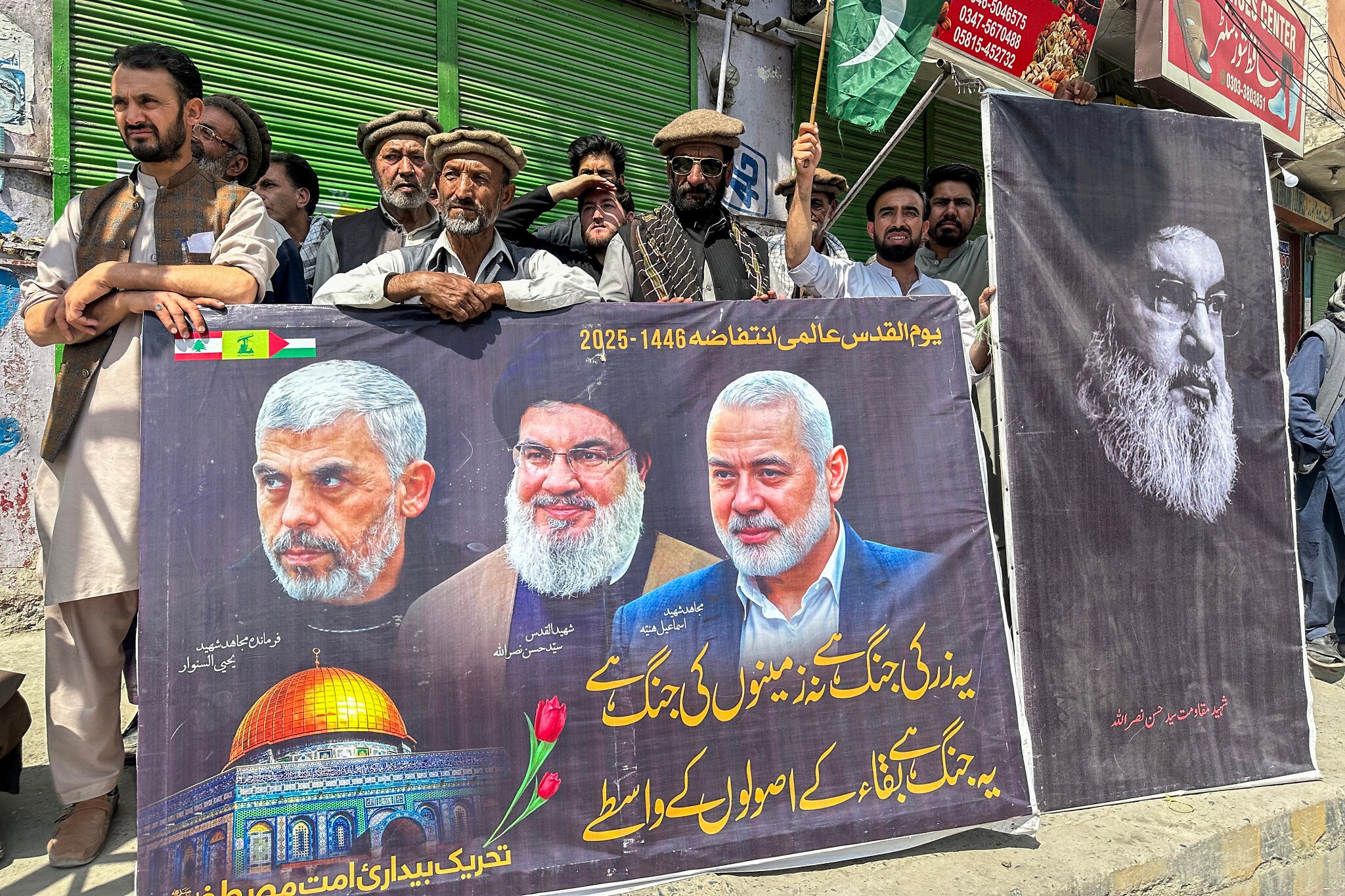
Beginning with Israel’s direct strikes on Iran last year and reaching a climax on June 13, “Israel had a clear shot to reset the nature of its strategic competition with the Islamic Republic, and to really deal a crippling blow to the sources of the Islamic Republic’s deterrent power,” Ben Taleblu said.
Iran’s decentralized military structure enabled the IRGC to survive Israeli decapitation strikes, Alfoneh said, but the results are still unclear amid the chaos.
“The same logic that governs Israel’s assassination of terror leaders applies to the targeting of IRGC leadership,” said Rubin. “Their elimination sows panic and paranoia within the upper ranks.”
While some commanders were valued more for ideological purity and others for military skill, two figures—Iran’s chief of staff Mohammad Bagheri and IRGC Air Force chief Brig. Gen. Amir Ali Hajizadeh—stood out as irreplaceable because of a unique blend of both loyalty and competence, Ben Taleblu added.
Hajizadeh, for instance, was the driving force behind the development of Iran’s ballistic missile program.
Additionally, the regime had spent years legitimizing its rule by promising citizens protection from oppressive foreign powers, making every blow by Israel a direct challenge to this social contract.
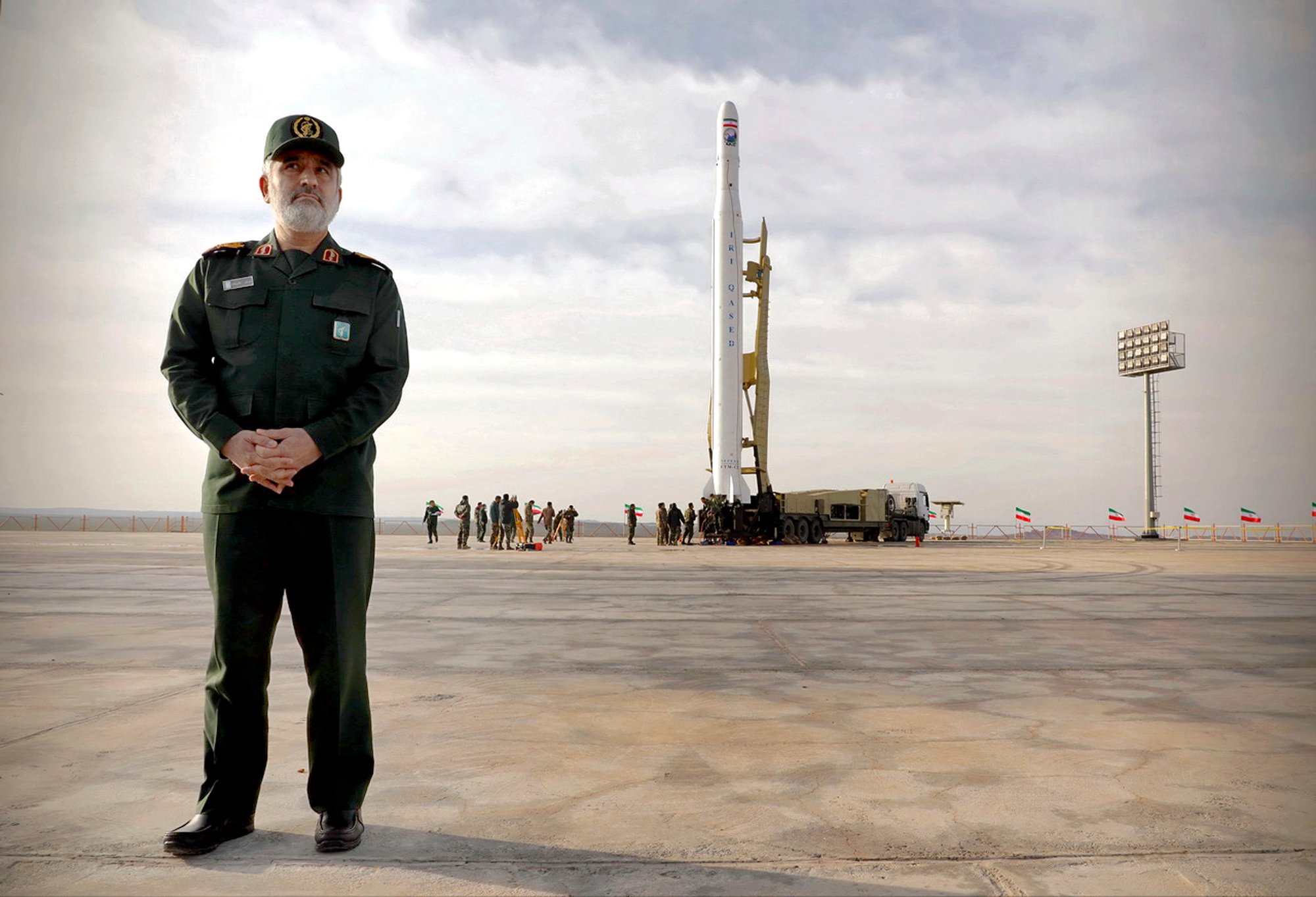
Nonetheless, the regime’s survival isn’t necessarily in danger, neither by the military loss nor public sentiment. “Zombie regimes can persist long beyond what wishful thinking in the West might suppose,” Rubin noted.
With the regime’s ability to violently suppress dissent, combined with public fear and years of infiltrating opposition groups, keeps the prospect of internal collapse uncertain. Such suppression efforts have often been carried out by the Basij paramilitary force, linked to the IRGC and targeted by Israel throughout the campaign, including in the hours before the ceasefire took effect.
“Ultimately, what matters is the willingness of those in the IRGC to fire on crowds in the street,” Rubin said.
Perhaps counterintuitively, Israel’s decapitation of the military and the IRGC may well result in the latter further consolidating its power. Though many mid-level replacements are less competent than their predecessors, institutionally, the Guards will remain dominant.
When considering how Iran will reconstitute its power structure after Israel’s devastating campaign, “one probably can’t pick out personalities, but you can certainly say that the X factor is the Islamic Revolutionary Guard Corps,” said Ben Taleblu. “Looking ahead, the most important institution in Iran remains the IRGC, even though its leadership has been decimated.”
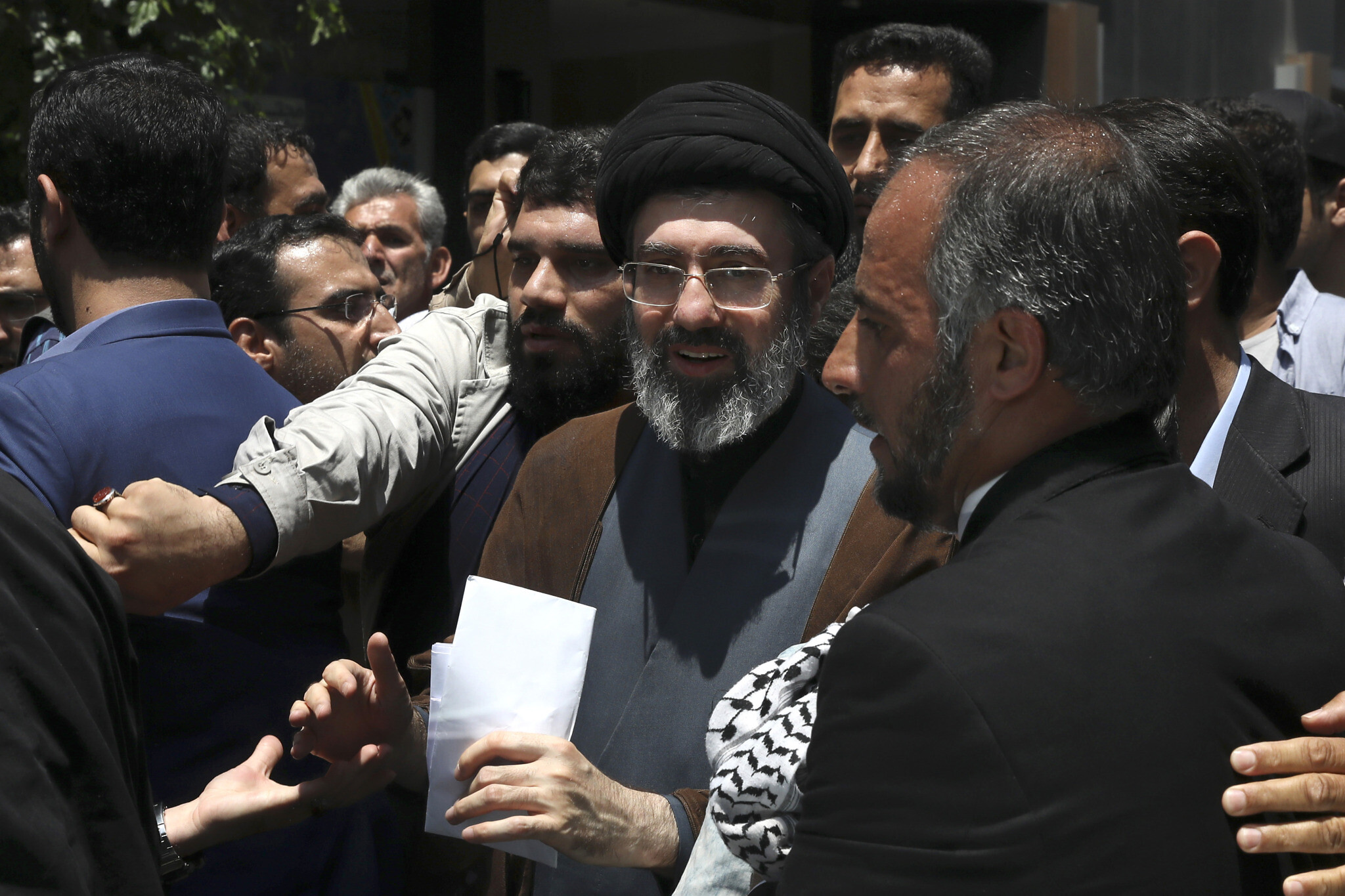
Effective command and communication within the regime may now be slower, Ben Taleblu added. “If Khamenei is in some bunker somewhere, it’s going to take time for an order to cascade.”
Now that a ceasefire has been declared, that may change.
Israel’s operation has also revived urgent discussions about succession. A clerical committee reportedly accelerated its work last week, focusing on two figures: Khamenei’s son Mojtaba, a hardliner, and Hassan Khomeini, grandson of the regime’s founder. The leadership crisis may push Khamenei to rely more on his son.
“The only real difference between the hardliners and pragmatists is questions of tactics, not ideology,” said Rubin, predicting “a purge among the hardliners as the regime seeks to root out the spies and infiltrators that may or may not exist.”
“Even though the Islamic Revolution rejected hereditary rule, I wouldn’t be surprised to see it make a comeback as Khamenei leans more upon his son, who is perhaps the only person he can any longer trust,” Rubin continued.
Despite its recent setbacks, experts said the regime seems like it will survive the US-Israeli campaign and will likely further sideline pragmatic voices.
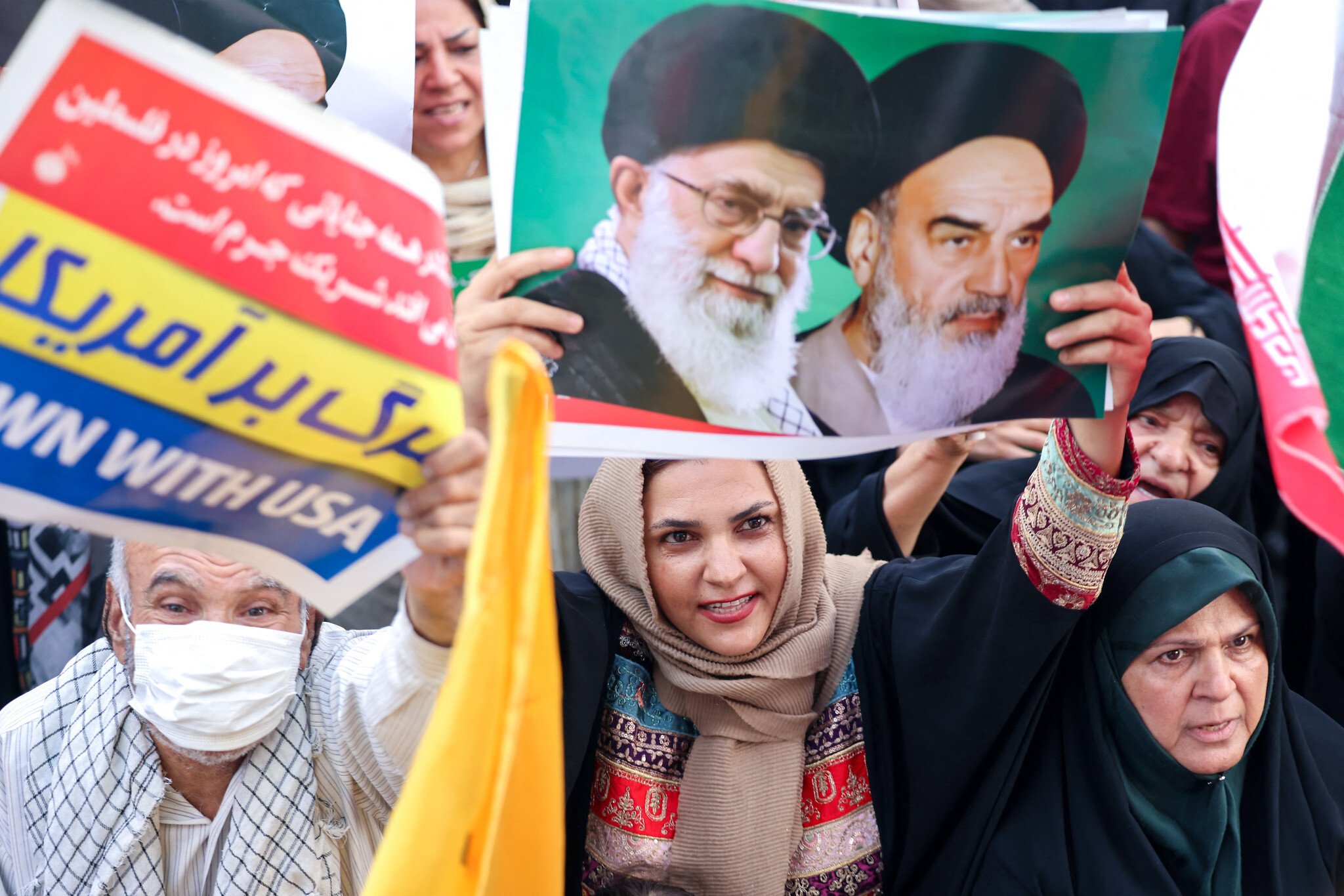
“I would say that if the Islamic Republic survives this conflict…they will move in a much more hard-line direction,” said Ben Taleblu, noting that this would constitute “accelerating a trend which was already underway.”
Alfoneh echoed that view, predicting the regime will continue transforming into a military dictatorship, akin to Pakistan, saying he expects a future where “the IRGC distributes the national wealth – or increasingly, poverty – and takes the strategic decisions. The elected civilian leadership will be blamed for all the regime’s shortcomings.”
Though Khamenei remains in hiding, he has survived the fight. With a ceasefire now in place, the Islamic Republic has emerged battered but intact — and seemingly on a road to a more insular, militarized, and uncompromising future.
